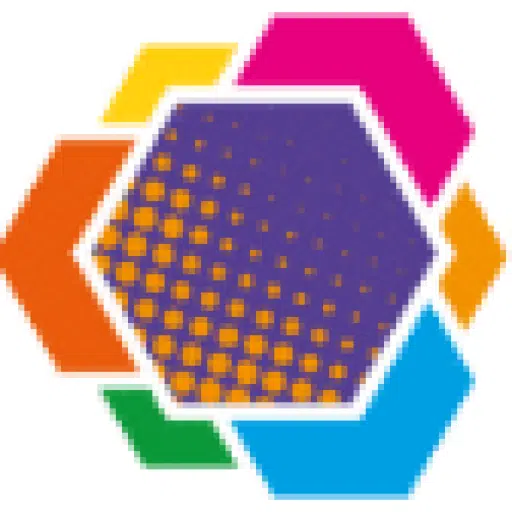Process Department
Formulation of smart inks and paints
Our Process Department has a unique know-how in formulation to handle smart materials and keep their fascinating property of being reactive, adaptive, sensitive to their environment.
We put at your disposal our 15 years of experience in the field of intelligent materials to design and produce high value-added inks and paints.
A team of scientific experts in formulation
In the smart materials world, the formulation stage is critical. It is too often neglected because of a lack of knowledge of the physical processes involved in these intelligent materials: phase transition, thermodynamics, photophysics.
Our Process department is responsible for all the formulation stages of your project. Our team consists of engineers and technicians who are experts in the field of color intelligence.
Each member has solid scientific skills in chemistry, photochemistry, material science and masters all formulation techniques and processes.
The 3 key steps of custom formulation
1 - Master the crucial formulation stage
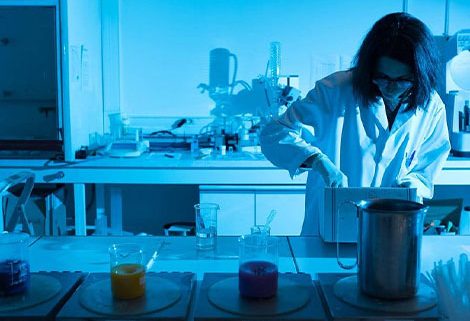
Formulation is, by definition, an industrial operation in chemistry that consists in producing a homogeneous and stable material, in the form of ink or paint, with the targeted properties and meeting the requirements of a functional specification.
To succeed in this formulation stage, we consider each development as a new technological challenge: that of integrating the selected pigment filler into a matrix, of shaping it without altering the intelligent properties.
From experience, we know that the application of shear forces associated with the passage of a tricylinder and/or ball mill can alter the crystallinity of the particles. That a simple additive, that a simple variation of the polarity of the medium and/or the pH can affect the thermodynamic equilibrium at the origin of the phenomenon of color change, or even the photophysical mechanisms by modifying the respective positioning of the electronic states.
This ultra-reactivity of smart materials to their environment requires us to verify at each step of the formulation, the maintenance of the smart property.
2 - Control and readjust the property
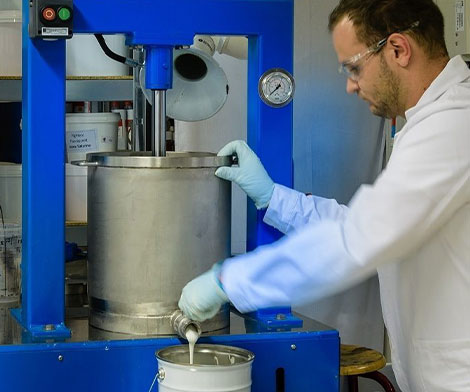
From experience, we know that the formulation of color change derivatives (thermochromic, photochromic, luminescent, piezochromic, chemochromic...) necessarily entails the verification and readjustment of :
- the targeted colors,
- the switching speed,
- the reversibility or irreversibility of the phenomenon,
- the absence of fatigability,
- the resistance to aging...
This is a controlled formulation process that requires several round trips between the formulation and characterization phases to finely optimize the expected property. This regularly leads us to rectify the pigment(s)/matrix(es) pair by playing on the nature of the reagents: polarity of the medium, solubility, viscosity...
3 - Anticipate the industrialization of your product
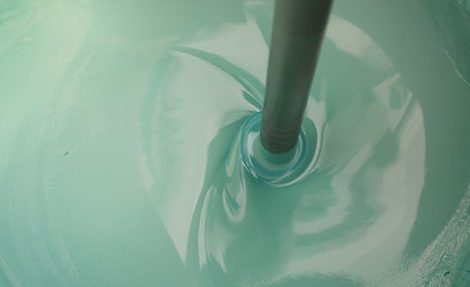
Depending on the development of the project, work is carried out upstream with the Research Department and downstream with the Production Unit teams to anticipate future constraints associated with the industrial production of the product.
The maturity of our department allows us to be very reactive to accompany your industrial validation tests. Our experts are at your disposal to support your teams. Do not hesitate to contact our Assistance & Consulting Center.
To facilitate the validation plans, we carry out the first prototypes: silk-screen printing, pad printing, dip coating, pneumatic spray in paint booths...
We also study the stability of our solutions by carrying out controlled cycles of temperature, humidity and light: accelerated ageing chamber (QSun), climatic chamber, tropical tests...
An example of formulation: luminescent materials
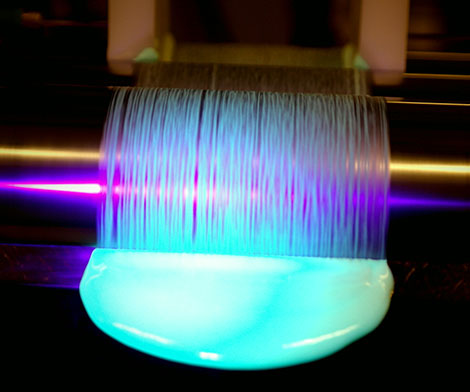
Our Process team is frequently asked to integrate a fluorescent and/or phosphorescent material. Beyond the formulation issues, the real challenge is to obtain an optimal luminescence property during the day and night (in color, intensity, duration...) while respecting all the desired durability (light fastness) and processability constraints (surface condition, viscosity...).
To obtain this type of performance, our teams must characterize the photophysical properties at each modification of the formulation.
We adjust the pigment/matrix pairing as needed to optimize the luminescence quantum yield (fluorescence and/or phosphorescence), the day and night color, the excitation and emission wavelengths.
Our added value: agility, adaptability, responsiveness
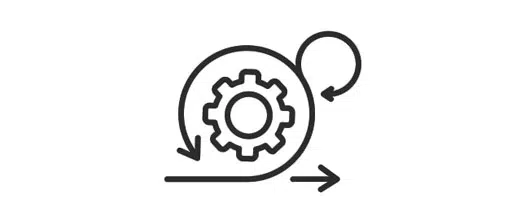
An agile team
We are able to adapt quickly to changes, whether planned or unforeseen, and we use an iterative and incremental approach that allows us to test different solutions very quickly.
The agility of our team allows us to work alongside industrialists in all sectors: Industry, Construction, Mobility, Space and Defense, Health & Cosmetics, and Luxury.
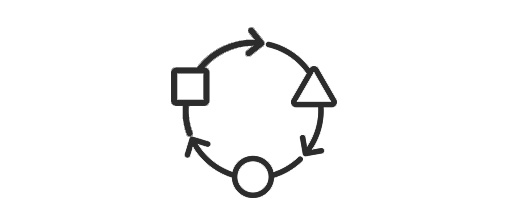
A great adaptability
Our expertise in formulation allows us to be highly adaptable to the constraints and different types of projects. Depending on your project and the deposition technique used, our teams are able to work in your matrix or to make proposals:
- Ink: UV, solvent, silk-screen, pad printing, offset,
- Paint : mono-, bi-component, solvent-based, water-based...
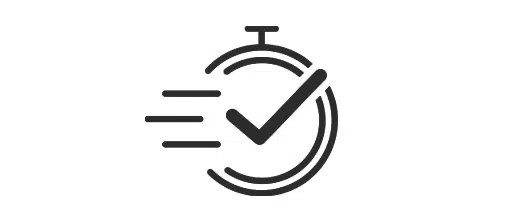
A flawless reactivity
We can intervene in a few days to readjust the physical characteristics of our coatings in a customized way:
- Surface condition, definition,
- Opacity or transparency, glossy or matt appearance,
- Viscosity, drying time, thixotropy...
A technical platform of formulation and characterization equipment
We have all the scientific equipment necessary for formulation techniques. Our technological platform also includes various devices for the characterization of solutions with color change and/or optimized luminescence:
- Formulation equipment with different types of mixers: tricylinders, speedmixers, Ultraturax dispersers, ball mills;
- Devices for characterization of inks and paints: pycnometer, viscosimeter.
- Devices to analyze the resistance: abrasion, climatic chambers, aging chambers.
- Optical properties characterization devices: colorimeter, standardized lighting booth, spectrofluorimeter, luxmeter, UV/Visible/Infrared absorption spectrometer, integrating sphere, reflectivity, optical microscopy.
- Prototyping equipment: we have all the deposition equipment needed to produce the first prototypes: silk-screen printing, pad printing, dip coating, paint booth, pneumatic spray.
![]()
CONTACT US
We will get back to you as soon as possible..
"*" indicates required fields

